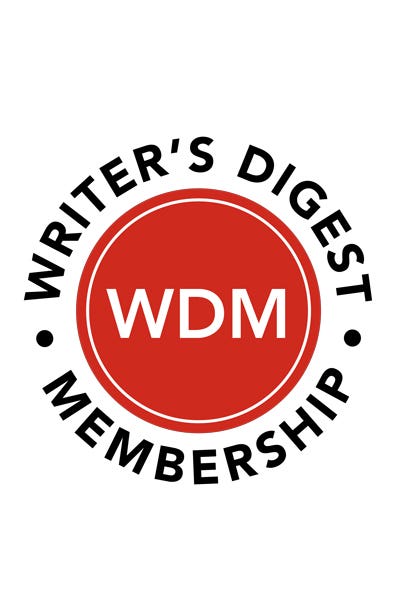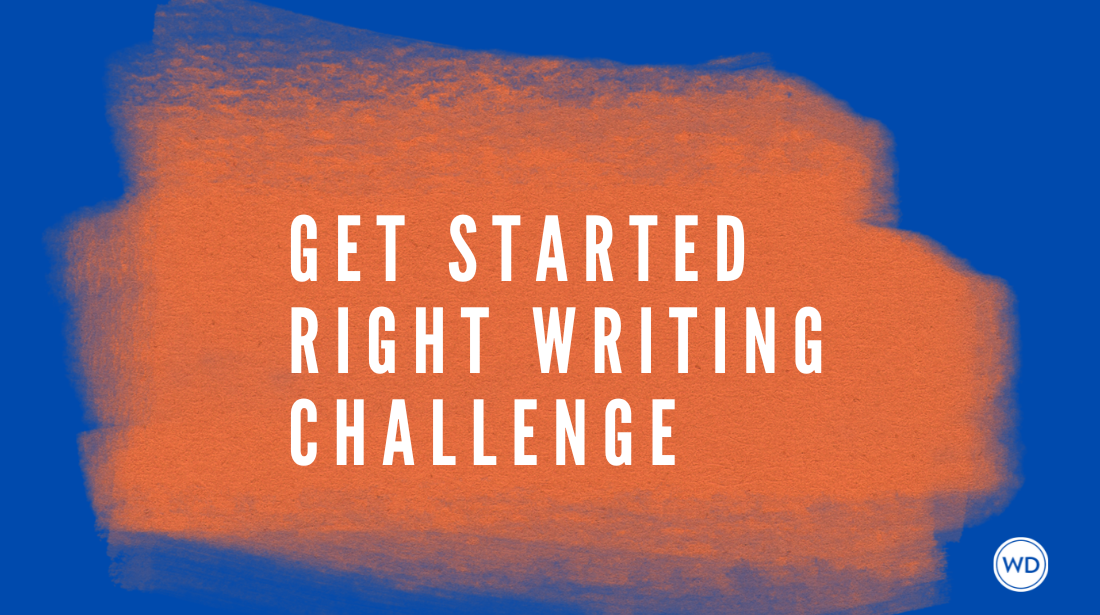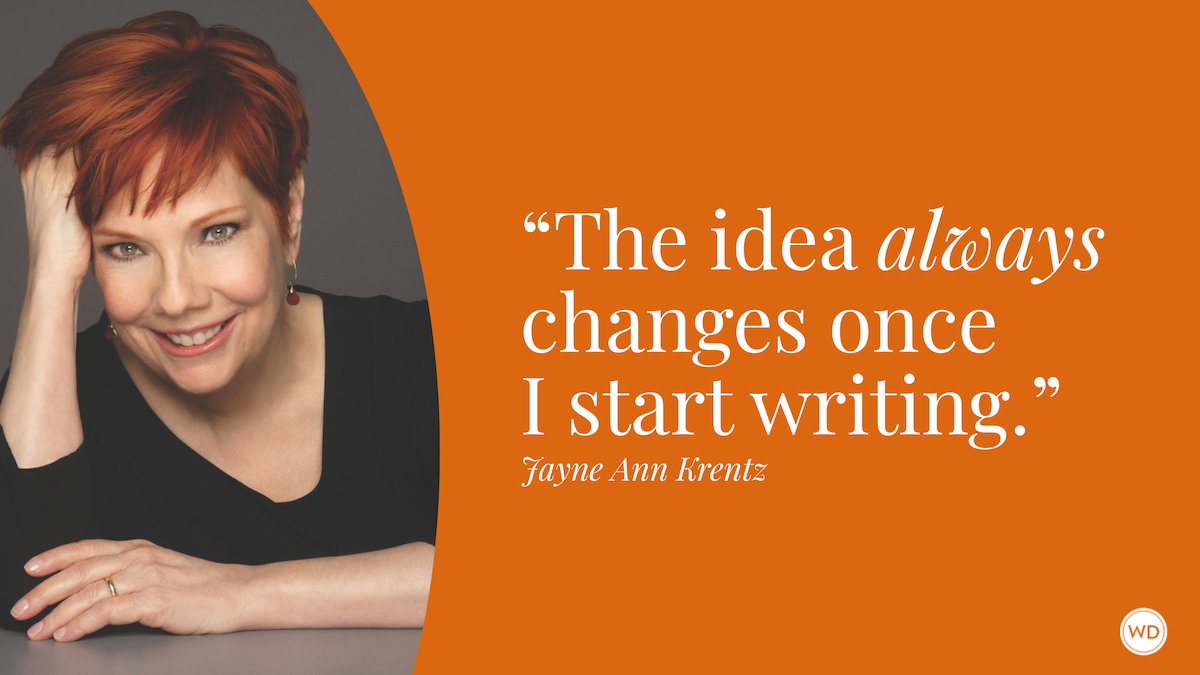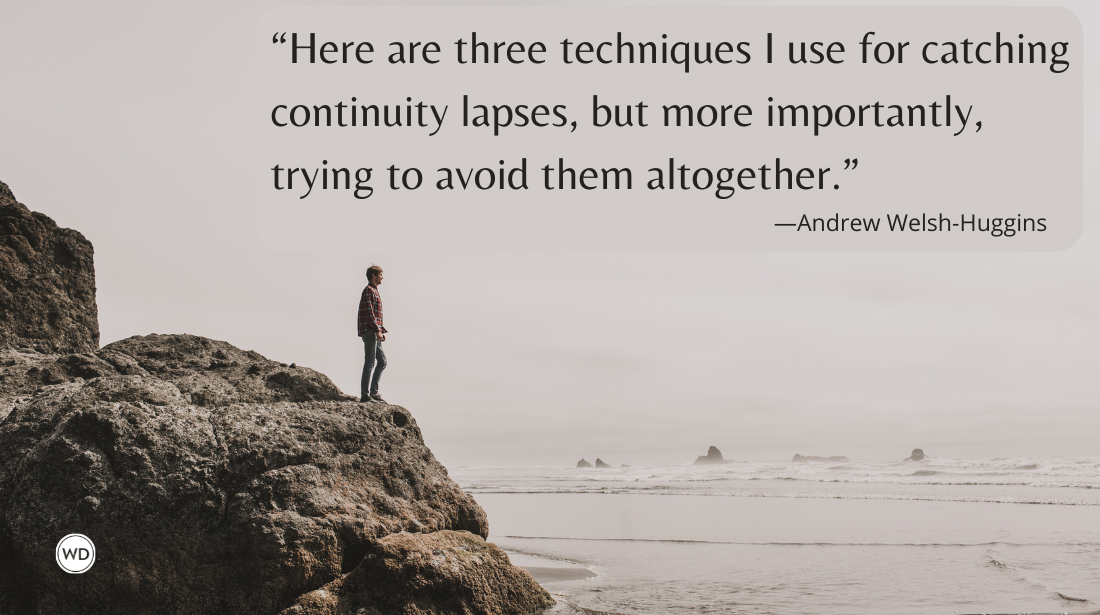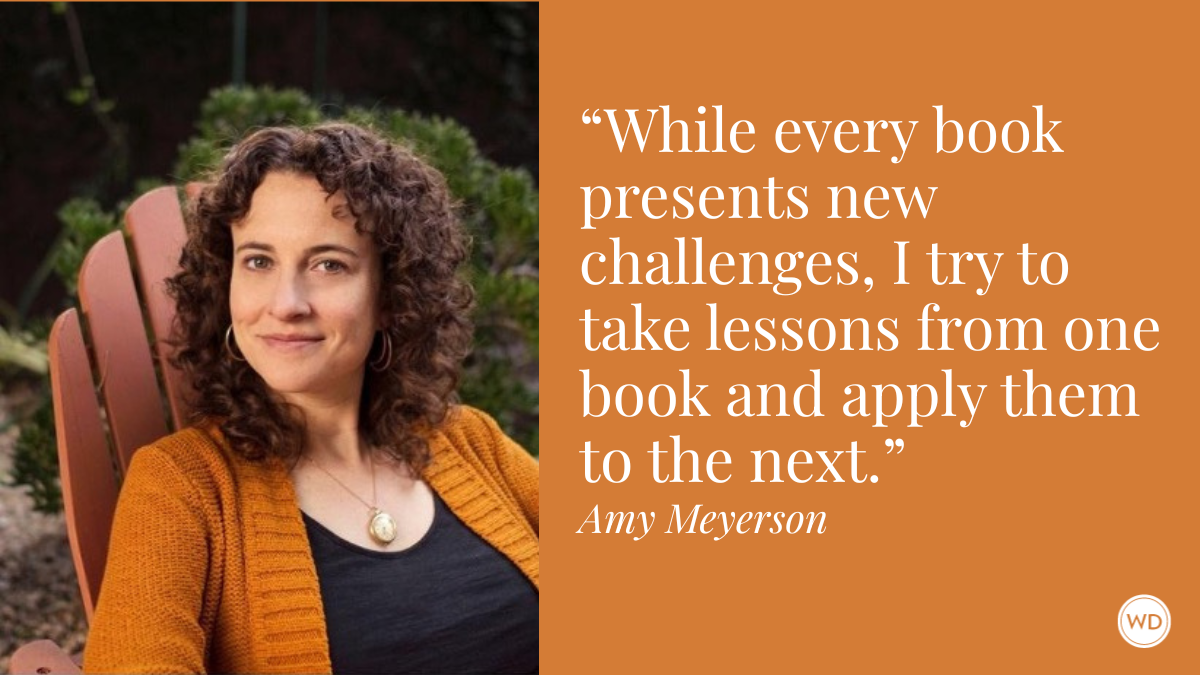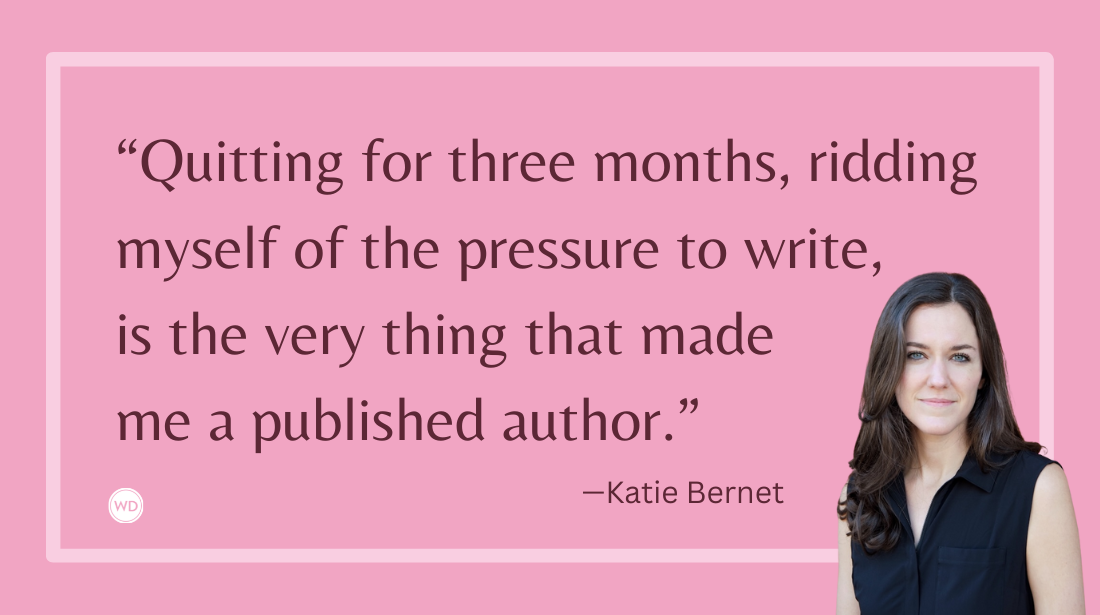Antony Johnston: Solving This Crime Is No Cakewalk
In this interview, author Antony Johnston discusses the complexities of writing his new interactive crime novel, Can You Solve the Murder?
Antony Johnston is the award-winning, New York Times bestselling author of more than 50 books, graphic novels, and comic series, including the popular Dog Sitter Detective murder mysteries. His graphic novel The Coldest City was made into the multi-million-dollar blockbuster movie, Atomic Blonde. He is also a celebrated videogames writer, and is credited with many franchise-defining titles. Johnston is a former vice chair of the Crime Writers’ Association, a member of International Thriller Writers and the Society of Authors, a Shore Scripts screenwriting judge, and sits on the Writers’ Guild of Great Britain’s videogames committee. He lives and works in England. Follow him on X (Twitter), Facebook, Instagram, and Bluesky.
In this interview, Antony discusses the complexities of writing his new interactive crime novel, Can You Solve the Murder?, his advice for other writers, and more.
Name: Antony Johnston
Literary agent: Sarah Such, Sarah Such Literary Agency, London
Book title: Can You Solve the Murder?
Publisher: Penguin Books
Release date: July 1, 2025
Genre/category: Crime & Thriller
Previous titles: Atomic Blonde, The Dog Sitter Detective, The Exphoria Code, The Organised Writer (nonfiction)
Elevator pitch: A choose-your-own-story interactive crime novel where YOU become the detective. There’s been a murder at Elysium, a wellness clinic set in an English manor house. YOU decide which suspects to interview, what evidence to gather… and who to accuse. Do you have what it takes to solve the murder?
What prompted you to write this book?
It felt like the right time. I’m an award-winning crime and mystery author, with series like The Dog Sitter Detective and the Brigitte Sharp thrillers to my credit—as well as the film Atomic Blonde, which was based on my graphic novel.
I’ve also loved interactive novels since reading series like Choose Your Own Adventure and Fighting Fantasy as a child, and over the past 20 years I’ve written and consulted on many hit videogames such as Shadow of Mordor and Resident Evil Village.
So, I have a lot of experience with both crime fiction and interactive stories. Combining the two felt natural—especially now, when readers are more enthusiastic than ever about pitting their wits against authors and trying to solve fictional crimes themselves.
How long did it take to go from idea to publication? And did the idea change during the process?
The idea evolved in several stages. I conceived of writing a mystery story in the interactive book format more than a decade ago, but at that time couldn’t quite figure out the best way to approach important elements like finding clues and collecting evidence.
In early 2023 I solved those problems and wrote several short “prototype” interactive crime stories to get a handle on the format. Those worked very well, so I pitched a full-length book version to my agent in December 2023, and in the new year we took it to market. It quickly went to a five-way auction in the U.K. where it was acquired by Transworld, then by Penguin Random House in the U.S. and Canada, with other auctions taking place around the world for foreign rights deals.
The original idea didn’t change at all, though. I knew from the start how I wanted to do this, and the story I wanted to tell.
Were there any surprises or learning moments in the publishing process for this title?
I think the biggest learning moment for me was working with three editors at once, as the U.K., U.S., and Canada all worked on the book together. It was a challenge I relished, especially as we were all learning new skills along the way.For example, we had to do structural edits—where significant changes to the plot, characters, and scenes are made—at the flowchart stage, before I’d actually written the book itself. That’s a very unusual way to go about things, but necessary with this format. Trying to do large-scale edits after writing the various numbered sections would take months and be very painful.
Were there any surprises in the writing process for this book?
The main surprise was one that I probably should have predicted: the sheer complexity involved in writing an interactive book of this length.
With a regular novel, you can plot ahead or not as you choose; it doesn’t change how you write the book per se. But with an interactive book, not only do you have to plot ahead in some detail, you also have to design its structure, as you would with a board game or videogame.
My experience in that area helped enormously, but I also made things more difficult for myself with the “Clue Number” format, which is the mechanism I use to track what evidence the reader has gathered, whom they’ve interrogated, and so on. Designing and keeping track of that turned out to be terrifically complex.
Suffice to say, I knew I’d have to build a flowchart in order to write this book … but I didn’t expect it would take two whole weeks to build!
What do you hope readers will get out of your book?
First and foremost, Can You Solve the Murder? is a crime novel with all the great characters, plot twists, and suspense you’d expect from that, so I want readers to enjoy the story whether or not they also solve the murder.
But of course, the appeal of an interactive book is also to pit one’s wits against the author, so I trust readers will enjoy doing that too. Solving this crime is no cakewalk, and many will get it wrong the first time. But the clues and answers are there, if you pay attention …
If you could share one piece of advice with other writers, what would it be?
Write the book you wish you could read for yourself. If it’s not already on the shelf, take that as a sign that you should write it.



